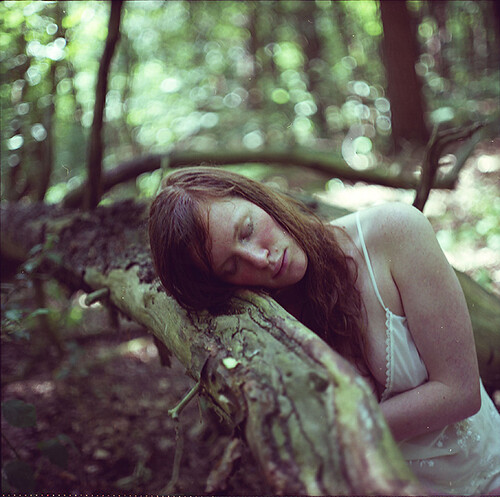Au Delà
The first inhalation is bright: notes of bergamot, linalool and neroli shed a sudden light on the skin and create a brief reference to herbaceous, lavender-tinged Provencal cologne.
Simultaneously, there is a rise of honeyed resinous amber, like warm water flowing quietly from a hot spring. Orange blossom brings even more nectar and sunshine to the heart notes. The second violin of jasmine intensifies the orange flower's indole, sinking even deeper into the edgy, earthy, salty and slightly bitter tones of green oakmoss and dry, almost smoky cedarwood.
From there on, there is a certain saltiness to Au Delà, the oakmoss relating to the amber like fleur de sel to caramel, and the amber in return echoing the sweetness and sunny warmth of orange blossom.
Au Delà defies definite categorization - aromatic, but not quite a fougere; floral, but with far more depth than a pretty floral bouquet; it is not a Chypre either in the usual sense of the word (but then Chypres are never "usual", so this might be the best way to related to it). But with the amber dominating the dry out notes - a sweet yet clear and bright amber, reminiscent of the base of Obsession - it might just be an oriental (note that Obsession has also a prominent presence of oakmoss).
Stepping back a bit, I you realize that it's only one definite personality is change itself. However, technically speaking - it might be that the dynamic shift between its phases will morph into something entirely different and more stable as the perfume matures a bit longer in the bottle. The musical influence on this creation is apparent (it was inspired by the complex rhythms and harmonies of 20th century composer Olivier Messaïen - and in particular his last piece, Éclairs sur L'Au Delà, and in particularly the movement titled Demeurer dans l'Amour, which you can hear in the clip below).
The perfume readily lends itself to adjectives borrowed from the musical and movement worlds: counterpoint, harmony, tension, rythm and flow. Movement and air seems to be the theme of Au Delà. It seems to live in the element of dry, warm air for the remainder of the piece.
Top notes: Bergamot, Neroli, Coriander
Heart notes: Orange Blossom, Jasmine
Base notes: Amber, Oakmoss








